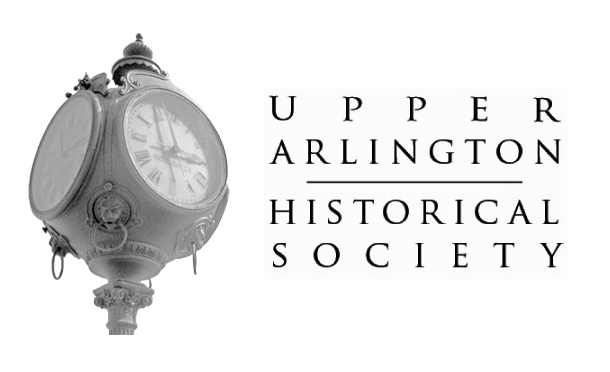Project Background & Additional Resources
Goals:
This research originates from our involvement in community conversations around the topics of pioneer Pleasant Litchford, race and current diversity initiatives within our city. Frequently we heard broad generalizations made about Upper Arlington’s history of racial restrictions on property ownership and realized we did not have the data to corroborate such statements.
Our project goals were as follows:
To identify the methods used to explicitly restrict certain groups of people from owning property
To ascertain the time frames within which these restrictions applied
To understand the general scope of properties affected by these restrictions
Guiding Principles:
Use primary sources of information
We reviewed secondary sources — like those listed below — as guides for our research, but our conclusions are drawn directly from sources such as Upper Arlington’s plat maps and property deeds.Focus on explicit exclusions only
Our search was for unambiguous restrictions only. We understand that other types of restrictions — allowing only single-family homes and setting price minimums for structures on the property — may have disparately impacted certain groups of people. Those are more sophisticated connections, however, and we chose to concentrate on what is undeniably related to race, ethnicity, religion, etc. Therefore this is a foundational piece of a larger story.Communicate the facts
Within these web pages, we portray the facts as we presently know them. We did not explore the areas of intent, motivation and character involved with creating, sustaining or buying into these restrictions. We welcome new learnings and will update the information as they occur.
Methodology:
Using the Franklin County Auditor’s and the Franklin County Recorder’s websites, we followed the chain of title of many properties within Upper Arlington, particularly those in our oldest, southern subdivisions (see UA’s annexation map to learn when sections of land became part of Upper Arlington). Certain subdivisions were selected for deeper review based upon their location, timing of development or the developer.
We also reviewed our archival abstracts which have been donated to us and include some of the earliest homes in Upper Arlington.
This was a labor-intensive process, so we focused on establishing trends and answering specific questions (such as the hypothetical “could Pleasant Litchford have repurchased his property?”).
Select Additional Readings:
These secondary sources dive more deeply into the broader context of race restrictions on property ownership:
Burgess, Patricia. Planning for the Private Interest: Land use controls and residential patterns in Columbus, Ohio, 1900-1970 (Columbus, OH: The Ohio State University Press, 1994).
Note: Our review of UA’s plat maps provides no evidence to support the data depicted in Tables 2.6 and 4.5, and the author is deceased. We welcome additional information and will update our conclusions if required.
Glotzer, Paige. How the Suburbs Were Segregated: Developers and the Business of Exclusionary Housing, 1890–1960 (New York: Columbia University Press, 2020).
Rothstein, Richard. The Color of Law (New York: Liveright Publishing Corporation, 2017).
Note: On March 4, 2020, the Upper Arlington Historical Society welcomed author Richard Rothstein to discuss the themes from his book The Color of Law. Watch the video here.
Stevens, Sara. Developing Expertise: Architecture and Real Estate in Metropolitan America (New Haven and London: Yale University Press, 2016).
Worley, William S. J.C. Nichols and the Shaping of Kansas City (Columbia, MO: University of Missouri Press, 1993).
